Where are the best birding spots in the Upstate?
November 26th, 2021
By Dr. Anthony Q. Martin
This article was originally published in the Fall/Winter 2021-2022 issue of the Upstate Advocate, Upstate Forever's twice-yearly publication. To read a digital copy of the complete publication, please click here.
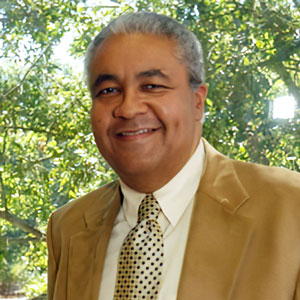 Birding has skyrocketed in popularity since the beginning of the pandemic, and the Upstate is a great place to engage in this rewarding outdoor hobby. We asked expert birder and photographer Dr. Anthony Q. Martin to share some of his favorite spots to get up close and personal with local featherfolk.
Birding has skyrocketed in popularity since the beginning of the pandemic, and the Upstate is a great place to engage in this rewarding outdoor hobby. We asked expert birder and photographer Dr. Anthony Q. Martin to share some of his favorite spots to get up close and personal with local featherfolk.
I moved to Greenville in 1998, discovered Conestee Nature Preserve in 2013, and then discovered “birding” while there on a hike. On that hike I saw a tiny yellow, masked bird (a Common Yellowthroat) on the ground near a bush that reminded me of the “Lone Ranger” TV show from my childhood. This renewed my interest in photography, which I had dropped during my many years of college due to the high cost of film and developing on the low earnings of a student. By 2013, photography had gone digital and film and developing were things to forget. Today, I spend my free time engaged in various types of natural-world photography, specializing in birds.
Whether your thing is birding or bird photography, you will find in this activity a lot of fun and many pleasant experiences with like-minded people. The Greenville County Bird Club or the Keowee Clemson Bird Club are both great places to start. It’s on you to get out there and give it a shot!
Conestee Nature Preserve (CNP) is less than a 10-minute drive from my home and is essentially “home base” for me. Since 2013, I have probably made well over a million image captures there, with most of those being deleted — a great feature of digital cameras compared to film!
The “dog days of summer” are the hard months for bird photography at CNP, but the birds come back starting around September and CNP becomes a stopping over place for migrants looking for a resting spot. The leaves start to drop as autumn sets in, and the birding (and photography) becomes a lot easier. For me, winter is the best time of year for photography as the colder early mornings means fewer people but still hungry birds. This time of year, it is easy to find solace and peace in the hidden places in CNP in the pursuit of images of avian subjects.
One aspect of CNP that I find amazing is the fact that we consistently, over the years, have had opportunities to get really good looks at birds that are typically hard to see up close. A notable example is the always elusive American Bittern. Their rulebooks say they have to stay hidden in the tall reeds away from people. Yet, on many occasions we have photographed them very near the observation deck in the West Bay area of CNP. They’d be right out in the open, feasting most of the day on sizable crawdads.
Even better, this year we had our first official sighting of a Least Bittern at CNP. This is a much smaller relative of the American Bittern. It is also elusive, and, due to its small size, extremely hard to get a shot of when flying. It remains hidden and then takes off from its hiding place for a short but low jaunt across the bay. But at the West Bay Observation Deck, we have gotten shots that show both a male and a female Least Bittern.
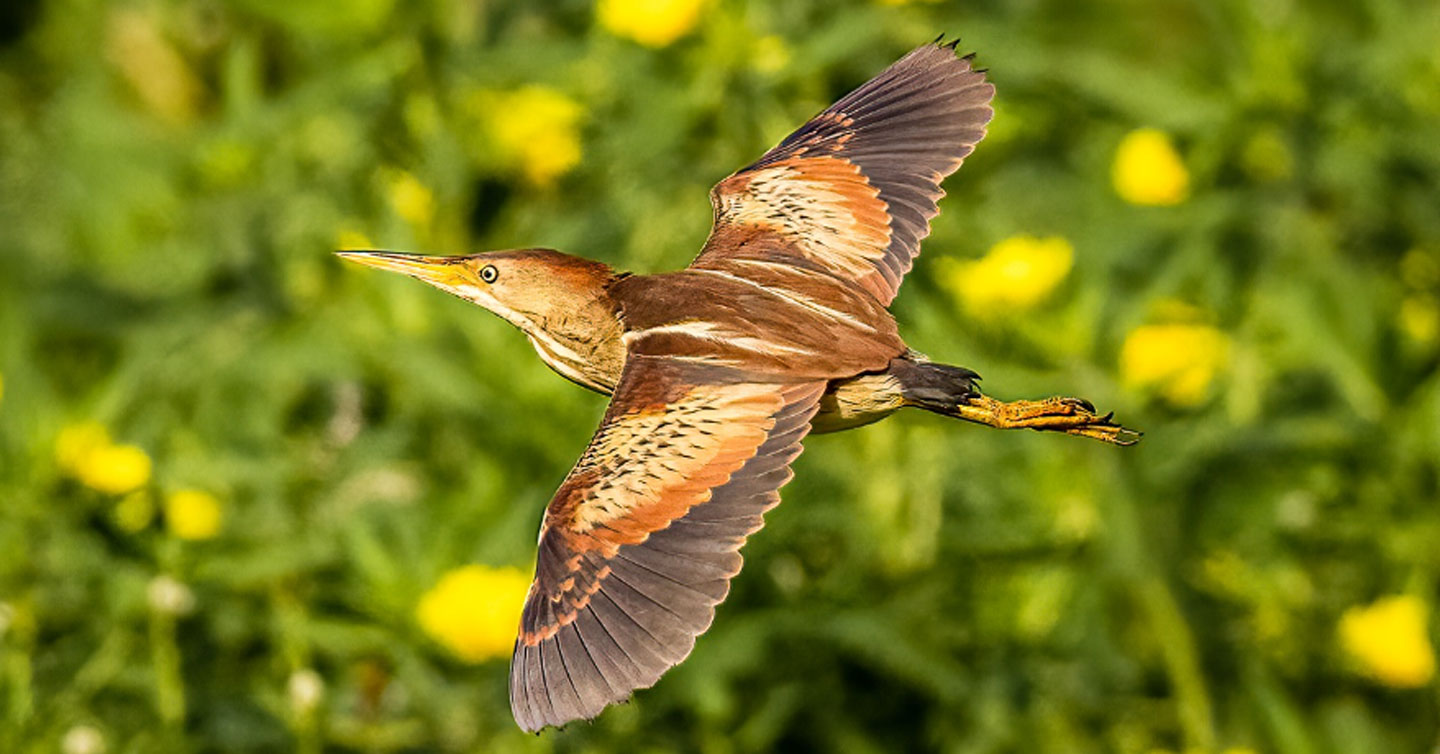
Another Upstate birding spot became a favorite of mine in 2020 during the height of the pandemic. CNP was closed for a spell, and I needed to get out. I had known of the Dobbins Farm area of Townville, SC, but had not spent a significant amount of my free time there. During this time I, and several other birders who live nearby, would learn to bird from our cars! Yes, for a period of time we did social distancing by staying inside our cars instead of standing next to each other on the side of the road. Birding and doing photography from a car can work really well because the car serves as a blind, enabling you to get closer to a bird than you could if you just attempted to walk up to it. Most birds don’t like people, and they tend to fly away once they see you coming (and they always see you).
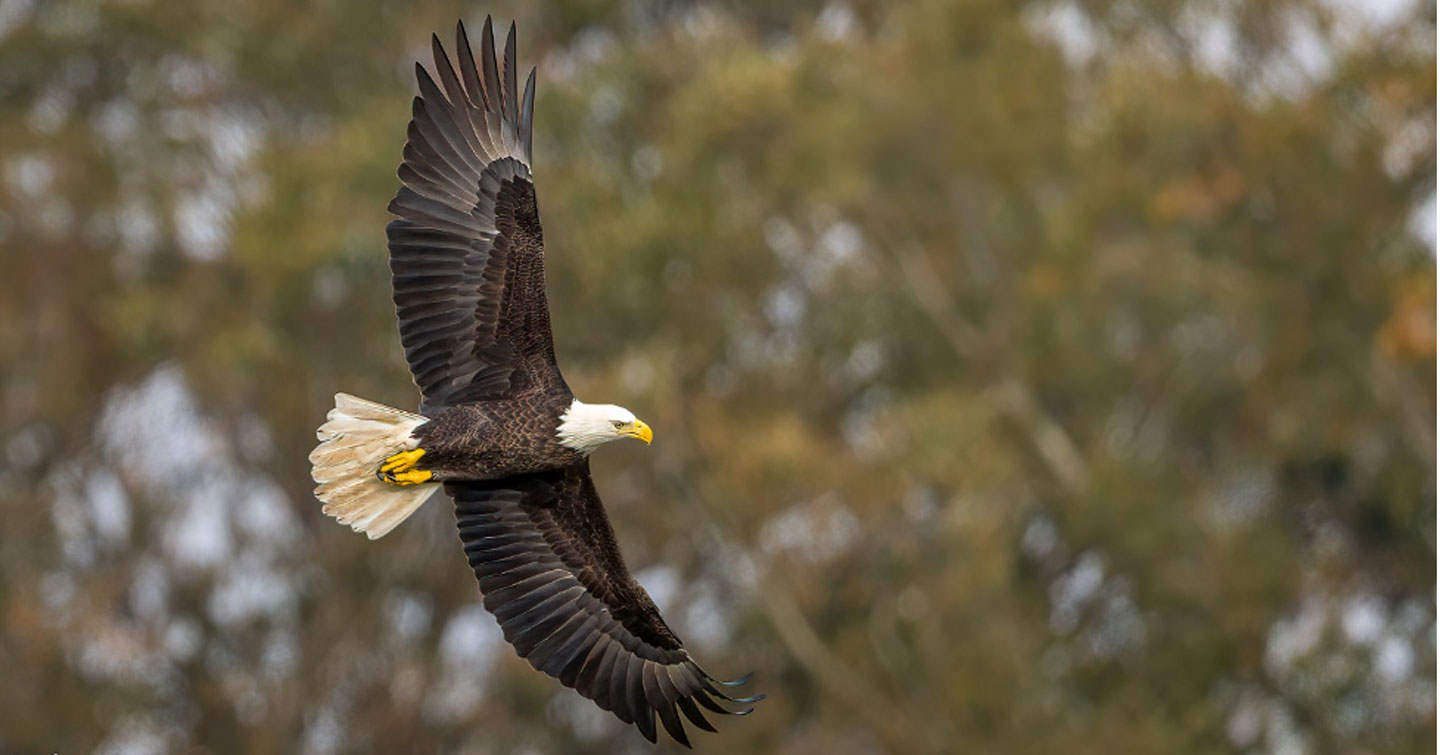
Exciting sightings in the area include Blue Grosbeaks, a bird I never really got a close capture of until the pandemic drove me to Townville, and a Fork-tailed Flycatcher, a rare bird, and one of the things that
make this an excellent place to spend your birding and photography time.
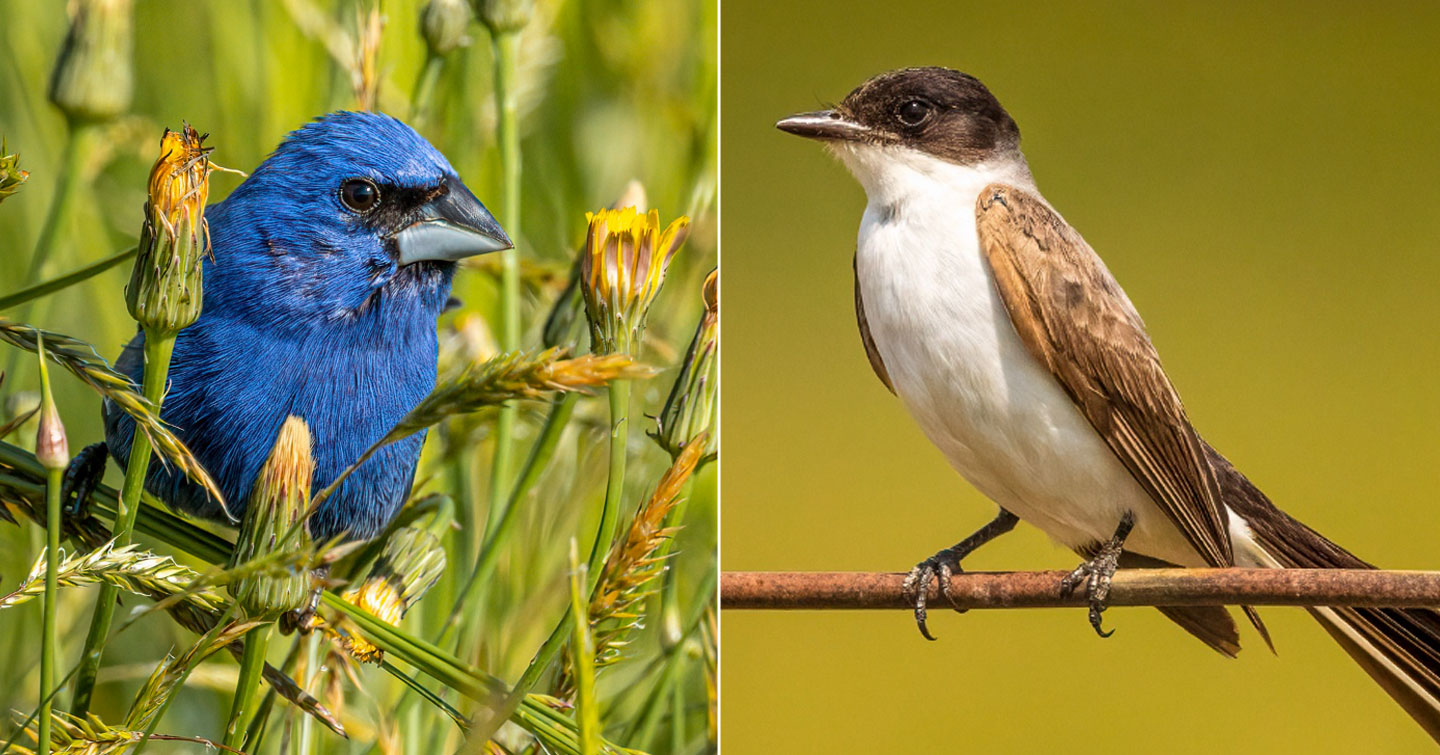
There are several other great birding spots in upstate South Carolina. Among them are Cedar Falls Park near Fountain Inn and the South Carolina Botanical Gardens in Clemson. However, birds know no boundaries and can be anywhere where food is found. In fact, just the other day, word came through the grapevine that Swallow-tailed Kites, large hawk-like birds, were feeding on grasshoppers in a field on Greenpond Road in Spartanburg County.
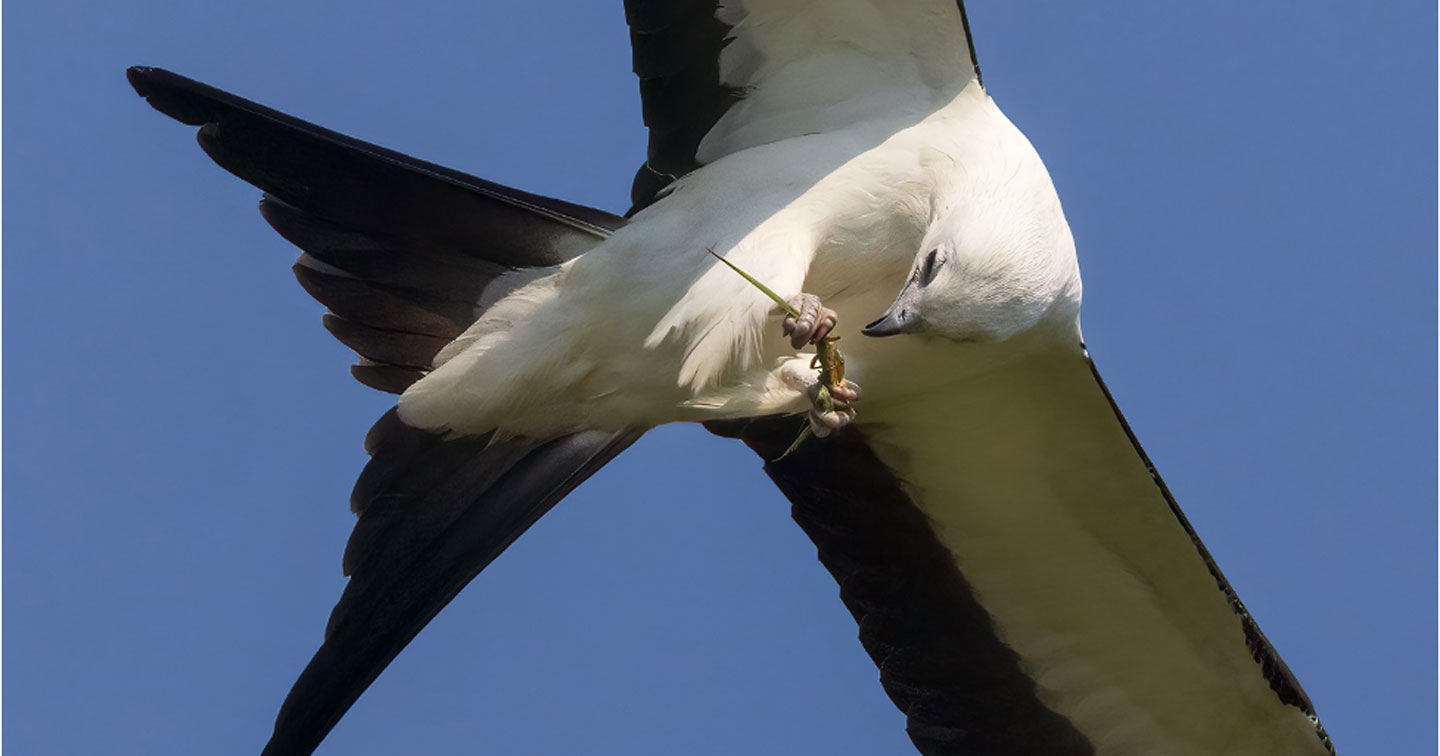
ABOUT THE AUTHOR
Dr. Anthony Q. Martin is an Associate Professor of Electrical and Computer Engineering at Clemson University. He joined the Clemson faculty in 1991 and continues to teach graduate and undergraduate courses and occasionally serves as an engineering consultant for Lockheed Martin to help pay for photography gear. If you have photography-related questions, you can reach him at anthonyqmartin@gmail.com.

